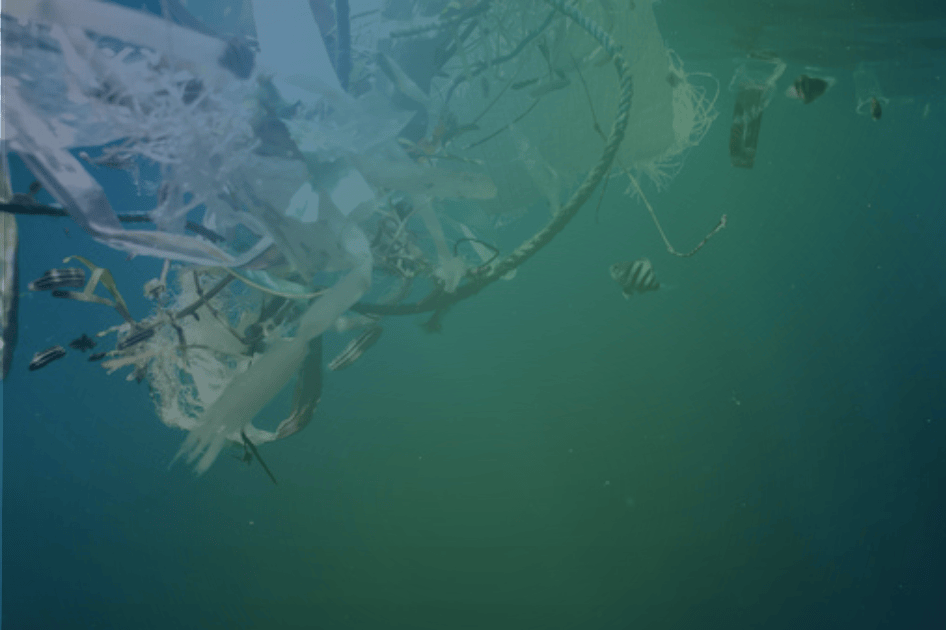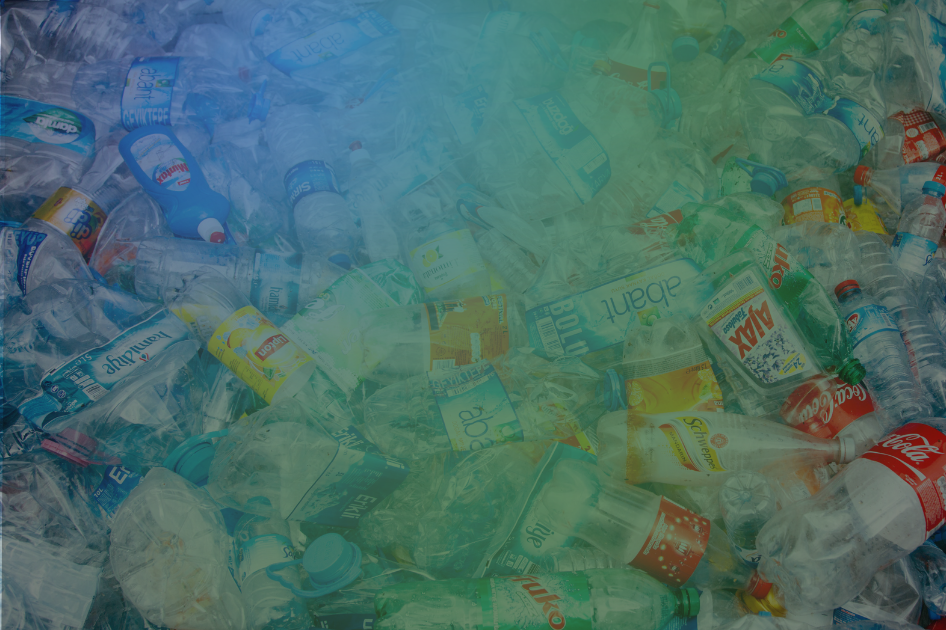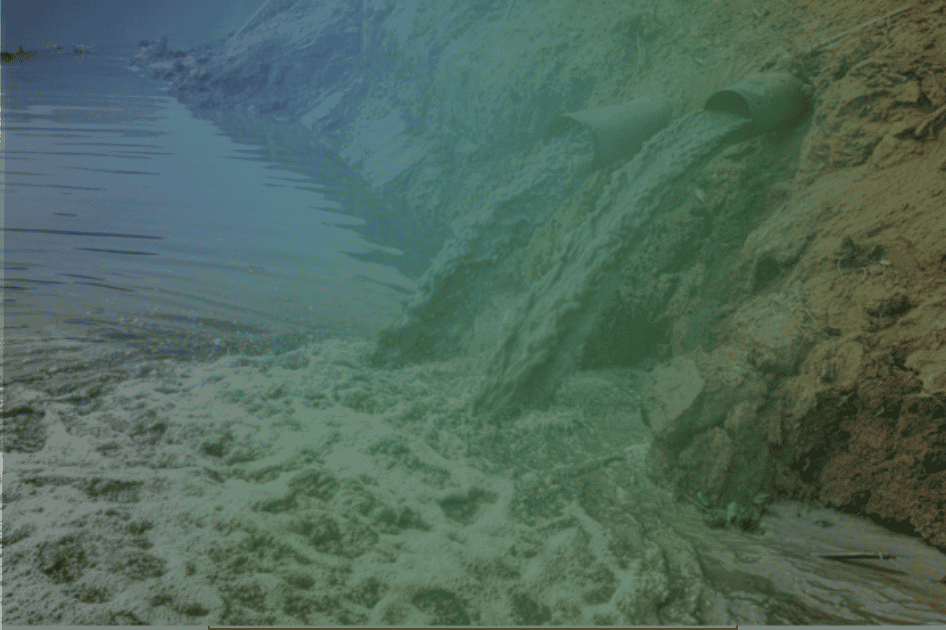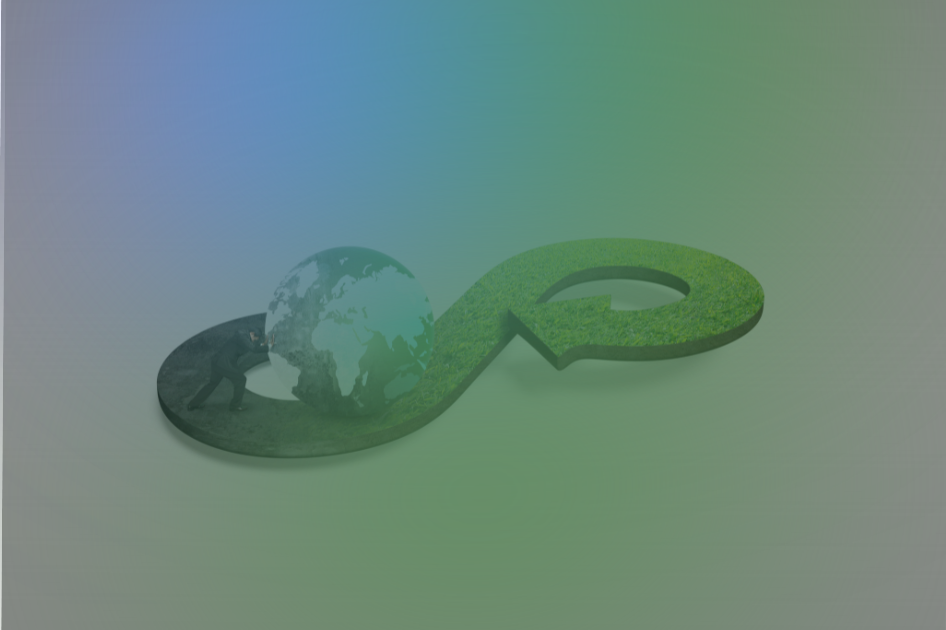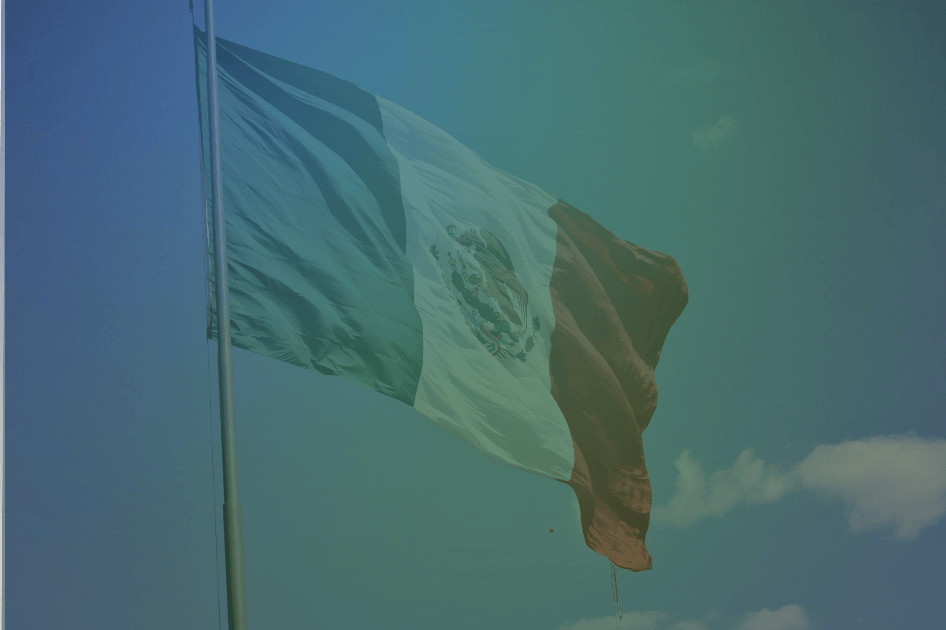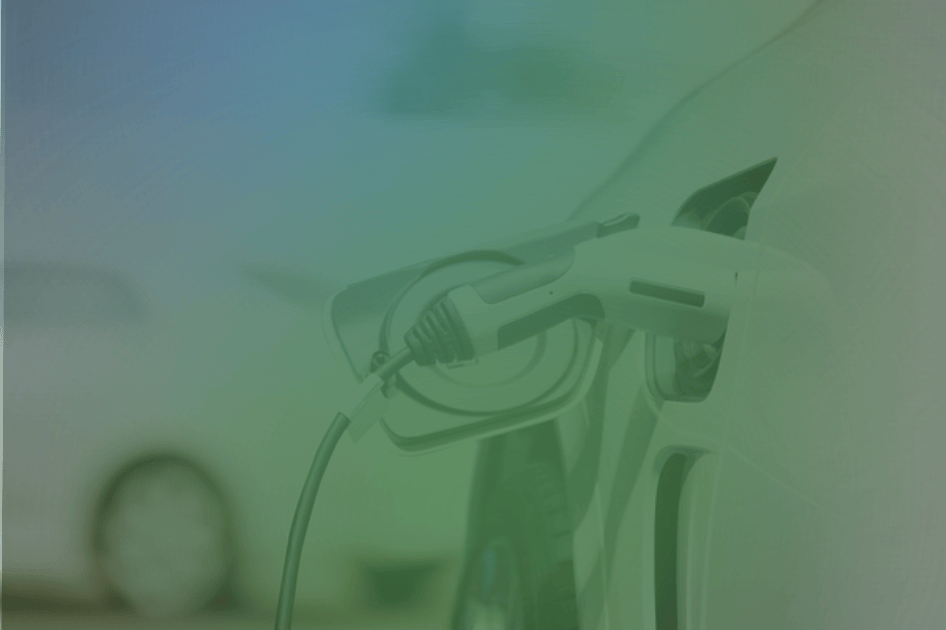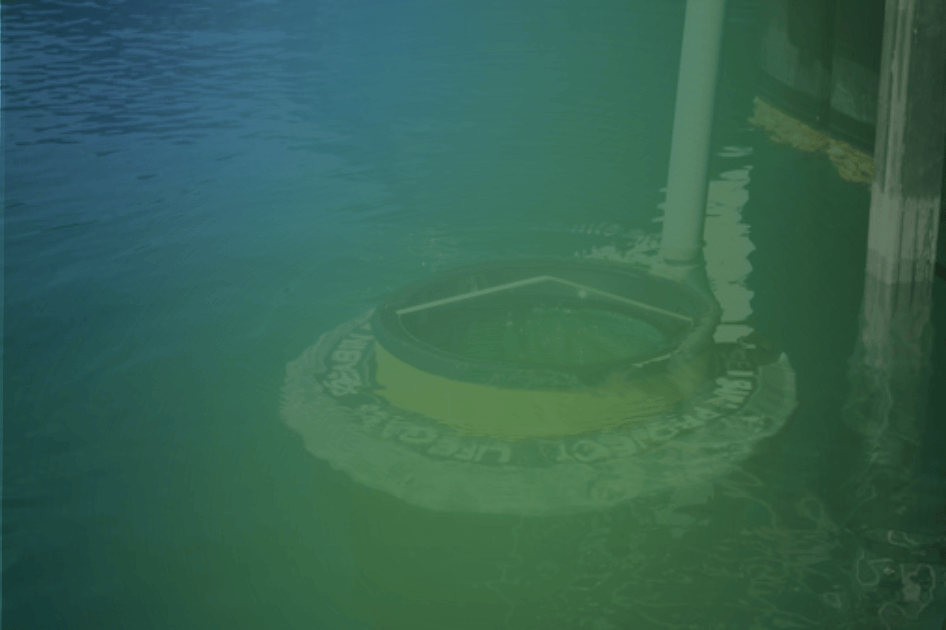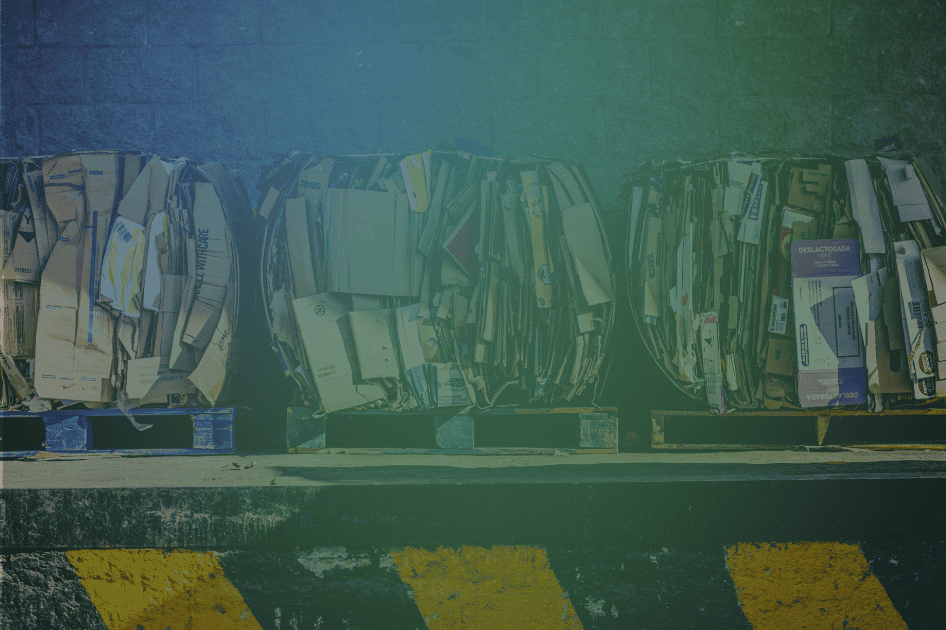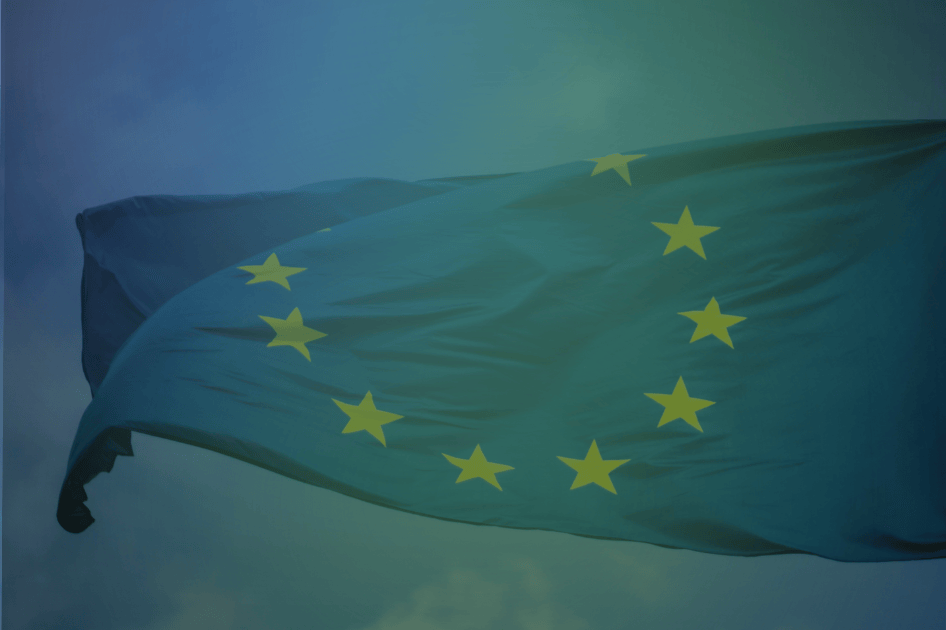The construction industry is gearing up for a busy late autumn in terms of regulatory and operational changes stemming from the European EPBD IV Directive, which came into force on 28 May 2024 (known in Italy as “Green Homes”). A number of changes are already underway and shaping processes in the sector: among these, the most notable is the halt, effective from 1 January, on financial incentives for the installation of single fossil fuel boilers. Other changes are coming with the end-of-year deadline for the submission of National Building Renovation Plans. This obligation involves all EU countries and represents an inevitable step, despite the lack of popularity of the measures approved by Europe in Italy.
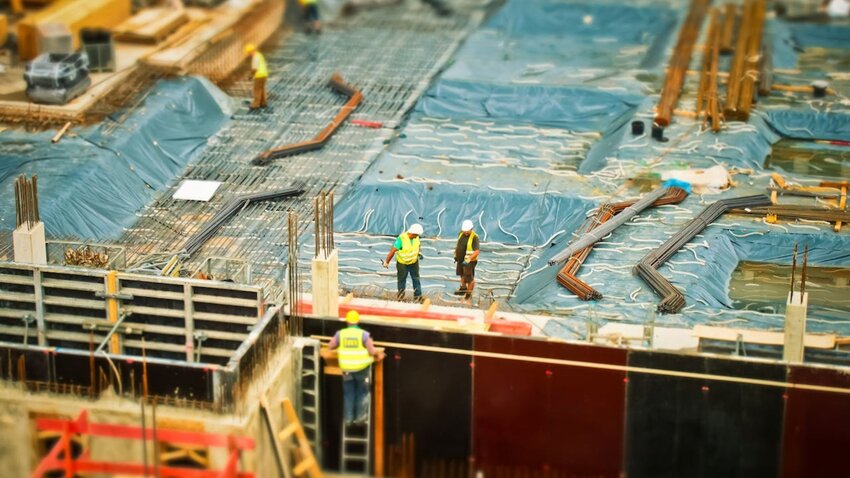
EU directives and upcoming deadlines
The National Building Renovation Plan (NBRP) is the strategic tool that each Member State must submit to the European Commission by 31 December 2025 (and subsequently every five years) to outline the path towards achieving the goal of zero-emission buildings by 2050. The document must include a mapping of the national building stock – types, age, energy classes and efficiency status – and a timetable with measurable targets for 2030, 2040 and 2050 on renovations, consumption and emissions reduction. It should also indicate current and future policies and incentives, sources of funding, minimum performance thresholds for non-residential buildings and the trajectory for the deep renovation of the housing stock, with intermediate milestones in 2030 and 2035. In parallel with the actions implemented, an assessment of the expected benefits is also planned, ranging from energy savings to improved comfort and reduced energy poverty.
- You may also be interested in: Circular & Healthy City: a model for sustainable urban design
The goal of energy efficiency
So far, the Italian government, with the support of Enea (the national contact point for the transposition of the Directive), has begun revising the Decree of 26 June 2015 on minimum energy performance requirements, surveying the building stock and developing technical support tools for the future Plan. The Decree of 7 August 2025 established Conto Termico 3.0, an incentive for energy efficiency and small-scale thermal energy production from renewable sources. It will come into force on 25 December 2025 with an annual ceiling of €900 million (€400 million for the public administration and €500 million for private individuals) and contributions of up to 65% of the costs, rising to 100% for interventions in small municipalities or on strategic public buildings. Insulation, photovoltaic systems, storage systems and the replacement of systems with renewable technologies are eligible, excluding condensing boilers not integrated into hybrid systems. The formal transposition into European Delegated Law (to be completed by May 2026) and the final version of the Plan remain pending, factors fuelling the sector's anticipation.
- You may also be interested in: Sponge city, a water management model for urban sustainability
No more fossil fuel boilers: they are WEEE
Among the practical measures already implemented under the directive is the end of incentives for fossil fuel-powered boilers. From 1 January 2025, the 2025 Budget Law has banned tax deductions for systems powered exclusively by gas or other fossil fuels, implementing Article 17 of Directive (EU) 2024/1275. At the same time, the recent update to the Ministerial Decree of 26 June 2015 “Minimum Requirements” has introduced stricter standards for the adoption of low-impact technologies such as heat pumps and hybrid systems powered by renewable sources. By 2040, the production and sale of boilers powered exclusively by fossil fuels will also be banned. The management of old boilers, a few months after the regulation came into force, is a topical issue in the debate. It has been clarified on several occasions that they must be treated as WEEE (Waste Electrical and Electronic Equipment) and submitted to collection and recycling procedures to reduce environmental impact and recover valuable materials. The WEEE Programme Agreement 2025-2027, signed by ANCI, consortia and the WEEE Coordination Centre, aims to strengthen the supply chain with a national target of approximately 7 kg of collection per capita and a more effective control system.
- You may also be interested in: Waste collection and street sweeping: innovations for more liveable and cleaner cities
The challenge of aggregates and the “end of waste” principle
The European EPBD IV Directive, which steers the construction industry towards the goal of climate neutrality by 2050, does not only concern energy efficiency, but also the sustainable management of material resources. This is the context for the new Italian provisions on the management of aggregates, entered into force on 26 September 2025, which regulate their transformation from waste to secondary resources according to the “End of Waste” principle. Ministerial Decree No. 127/2024 establishes more stringent criteria for quality, traceability and delivery, encouraging the recycling and reuse of aggregates from demolition and excavation. Companies must now certify the conformity of materials, comply with specific delivery methods and undergo more rigorous checks to prevent abuse.
This regulatory framework improves consistency between national policies and European strategy, requiring an overall reduction in environmental impact throughout the entire life cycle of a building, in line with the Life Cycle Assessment (LCA) approach. For the construction sector, this implies an adjustment of operational and administrative flows: construction sites, recycling centres and sales outlets will need to cooperate to ensure the quality and traceability of materials. The goal is to reduce the use of virgin raw materials and the environmental impact of construction and demolition activities, thus making the supply chain more transparent, circular and consistent with European standards.
Written by Maria Chiara Voci
This blog is a joint project by Ecomondo and Renewable Matter
Credits:
Photo by Pixabay
PUBLICATION
19/11/2025

